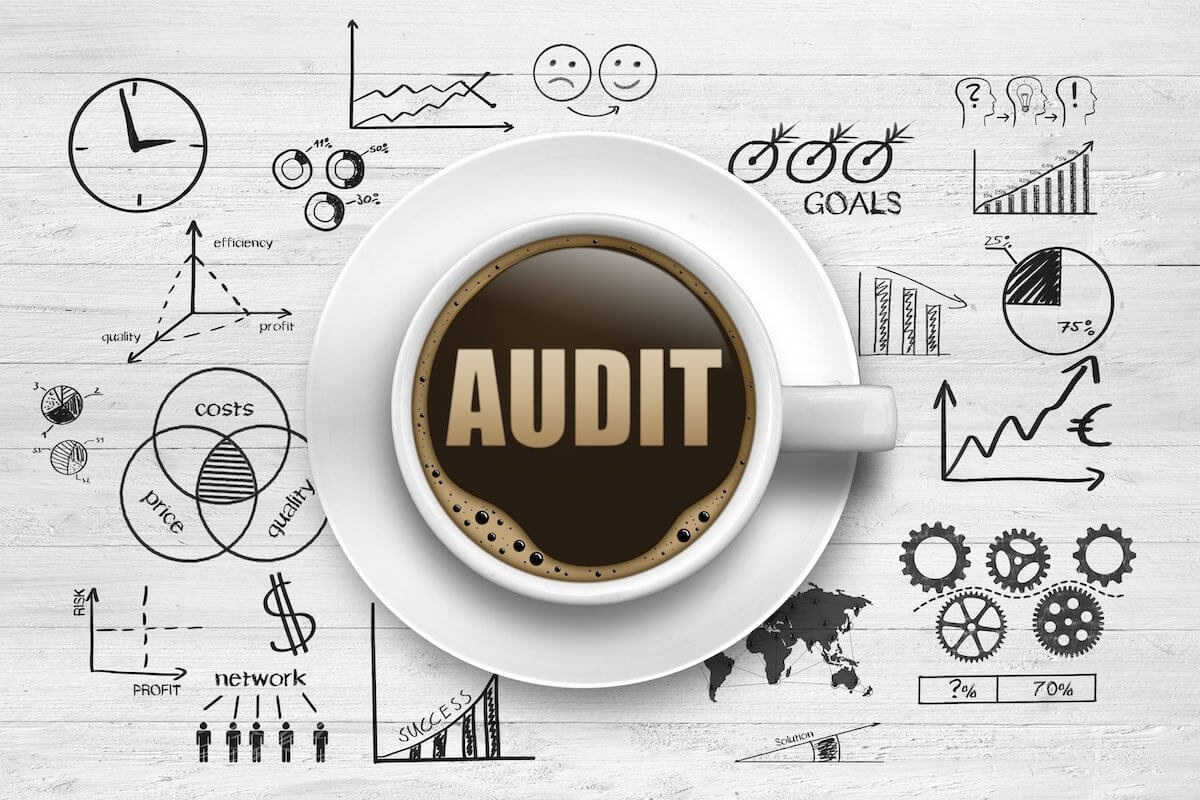Find out how a Document Management System can simplify your everyday office processes.

It is a general rule that effectively managed audit trails serve as important benchmarks for effective internal business controls. Audit trails have changed from manual to automated electronic logs, improving the accuracy, usability, and accessibility of historical data. For audit trails to be successful, management, the impacted departments, and IT staff must all work together. The quicker an odd addition or alteration to information is red flagged, the better the response will be to counteract factors that present risk.
An audit trail is used by almost all industries in some capacity to try satisfy compliance requirements, and preserve operational control. But an audit trail is essential for all companies in all industries as they can help with:
Any industry that handles sensitive data must keep thorough audit trails of their data. Financial and accounting, manufacturing, health and medical information, payroll records, and digital content management systems, are a few examples of areas that significantly benefit from having audit trails.
All public firms and most industries are subject to regulatory regulations that mandate compliance with audits. To meet compliance requirements, reliable electronic records help to establish an accurate audit trail. An audit trail serves as a means to comply with the requirements for information security and maintaining customer data privacy policies.
In many financial domains, an audit trail is frequently a regulatory necessity, and even when it is not, it is a best practice for a competent and well-run accounting department. All kinds of activities, business procedures, accounting information, trades in brokerage accounts, financial ledger entries, and more are verified and tracked. When there are any doubts about the authenticity or validity of the information, financial audit trails are used to find and review specific information. By tracking the various users and the actions they take in relation to a company’s data and information, an airtight audit trail aids firms in identifying internal fraud or incompetence.
Strict security procedures are required to secure sensitive information in any type of record or document saved and maintained by your organization, including customer communications, and employee records. Audit trails keep track of who accesses this data, when, and why—in other words, what each user does to the document. Application-level audit trails often keep track of and record user actions, data files opened and closed, and operations like editing and creating new versions. This information is visible thanks to an audit trail, which also records information with relevant date and time stamps.
IT audit trails are designed to records actions across the network and on devices connected to company applications. Audit trails can be examined to identify potential problems. Hacker security breaches, internal or external authentication issues, unauthorized usage, unusually high amounts of activity, or system failures are all examples of problematic activities. Automated events and keeping track of typical activities are also included in system level audit trails. However, the system offers ways to follow a trail to find the issue and then fix it when an unexpected or abnormal use is discovered, such as a large-scale data change, application failures, or unauthorized access. There may also be inconsistent user behaviour patterns, attempts to get around systems or protocols, significant modifications to the content, and strange internet activity.
Online audit log access should be tightly restricted. Even security and/or administration staff who maintain access functions may not need access to audit logs. However, management and selected individuals can have access for review purposes. The integrity of audit trail data must be protected against manipulation in particular. Utilizing digital signatures is one method to secure data since hackers or those with malicious intent try to hide their tracks by altering audit trail records. Strong access controls should be used to protect audit trail records in order to prevent unwanted access. So, when legal difficulties occur, such as when audit trails are needed for evidence, the accuracy of the information on the audit trail becomes extremely crucial.
The laws that both mandate and regulate the use of electronic records make audit records an important element in defending against data breaches and supporting compliance. Every company, regardless of industry, whether tracking records or transactions, will benefit from maintaining accurate audit logs.
KRIS Document Management System (DMS) offers a comprehensive and secure solution for keeping your company’s records safe yet accessible. It offers audit trail features that you would expect for your documentation management. Many firms may find it challenging to maintain audit trails over the long run since all the logged data can take up a lot of storage space that may not always be instantly available. However, with KRIS, you can archive audit trails for the life of the records, according to set retention policies. These can be extremely useful in historical reporting and solving problems in the future.